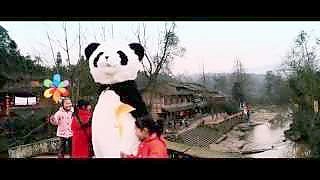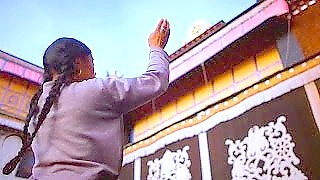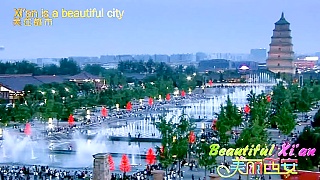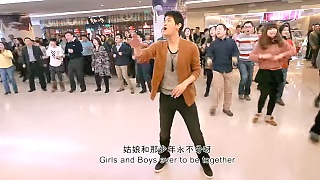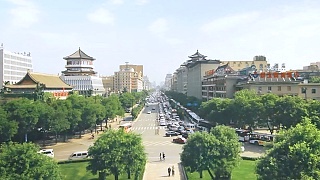With Daniel Dumbrill ...
[640],shadow=true,start=,stop='None are more hopelessly enslaved than those who falsely believe they are free' — Johann Wolfgang Von Goethe.
More generally, belief is the end of truth - BB.
In the West, slavery never ended - it became the whole flock. Metal chains were replaced by mental chains. 'Mind control' - control the people by controlling what they 'know'. The 'cold war' is an info war. Simply look at what is being done rather than what is said is being done. Else a firewall will be constructed in your mind, beyond which you cannot see reality.
In China, the people are family. In the West, the people are merely livestock, to benefit the elite.
This really is not a wild exaggeration - it is the truth and the real reason for the cold war - elite rule versus everyone should prosper and be happy. The idea that 'all lives matter', is the threat to neo-feudalists, who wave slogans of freedom and human rights and democracy, while redistributing wealth to themselves.
 The West’s information firewall
The West’s information firewall















